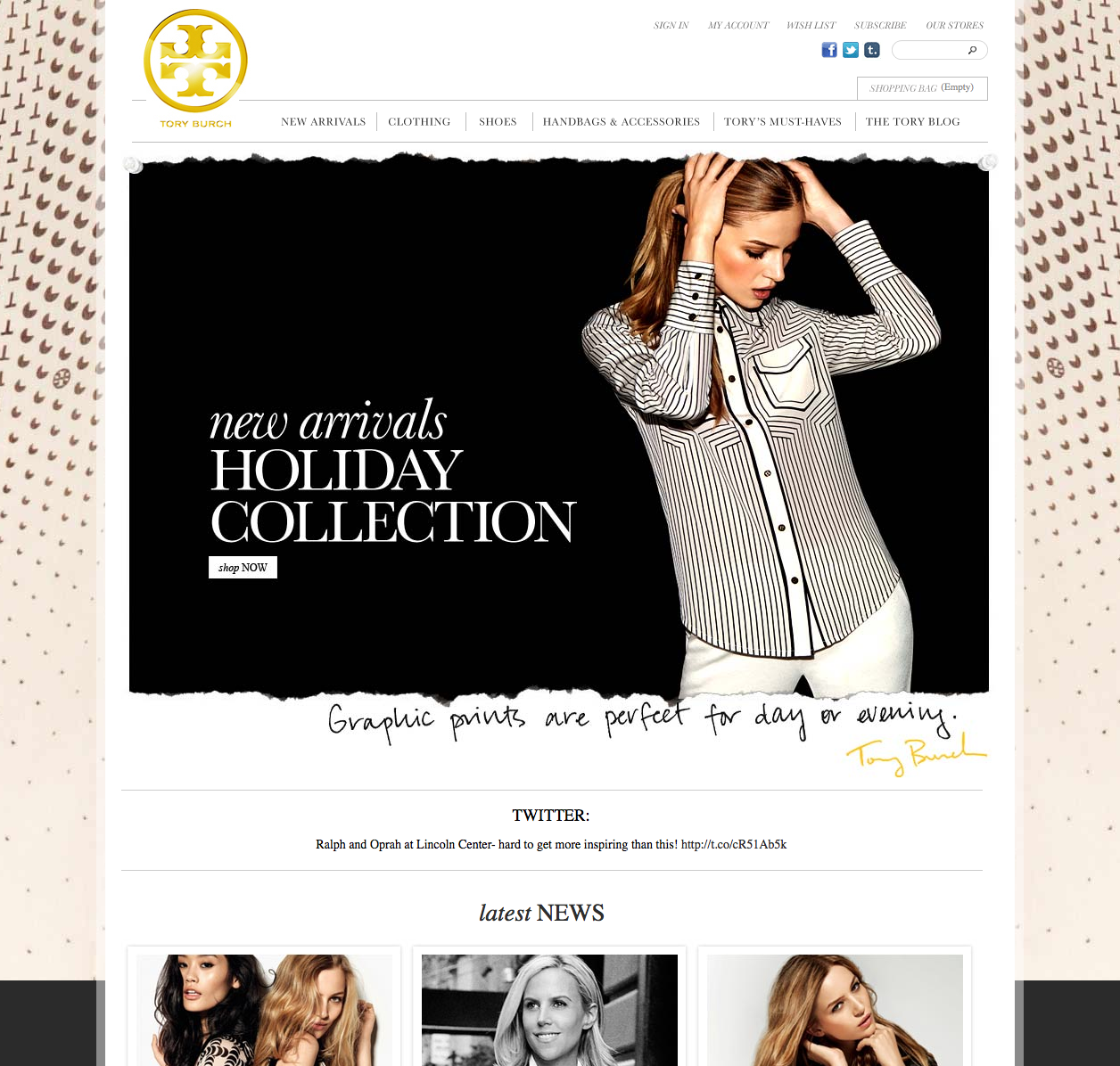
Rony Zeidan, founder & chief creative officer of RO New York Inc, wonders if social media actually increases sales, or is it merely a mechanism to generate traffic?
Tom Ford on Facebook
Rony Zeidan, founder & chief creative officer of RO New York Inc, wonders if social media actually increases sales, or is it merely a mechanism to generate traffic?
The past 5 to 6 years have seen a boom in Luxury brands adopting social media as a valid communication platform to communicate directly with their consumers. An approach that took some time to take place, but has become the norm in a lot of company practices, from Louis Vuitton, Chopard, Tom Ford, Wally, Girard-Perregaux to Tory Burch and J.Crew.
There comes a time when any trend, fab, or hype turns into disinterest, over exposure, and plain simply what’s become known as a fatigue; when social media takes on the task to further promote this trend, how long before we encounter social media fatigue, and does social media actually increase sales, or is it merely a mechanism to generate traffic?
The content hereafter is based on observation taken from 4 social media platforms: Facebook (800 million active users), Urban Daddy (average 200,000 visitors), the cool hunter (average 45,000 visitors), and Thrillist (average 300,000 visitors).
“ Social media implants the luxury brand/product in the minds of consumers before they even know that they desire it ”
The last 3 mentioned are trend editorial sites, who capture the coolest, most interesting new finds across several categories… usually the less the amount of visitors, the more luxury and design oriented the content is. They all hit a broad audience and do generate a lot of traffic to the mentioned online sites, but how effective are they when it comes to sales? Word of mouth, absolutely viable, but actual dollar returns, that can sometimes prove to be a little underwhelming.
Social media seems to implant the luxury brand/product in the minds of the consumer before they even know that they desire it. It generates awareness, and builds a level of confidence with the consumer in knowing about the product. It might not directly send consumers out to the store to buy luxury goods instantly but it influences their final decision.
As Facebook tops Google for weekly traffic in the U.S, it makes sense that people are turning to Facebook for their luxury advice. While luxury brands may feel that less traditional forms of media, such as fan pages and blogs, cheapens their image, utilizing these resources helps them to reach the next generation.

Tory Burch’s website, combining all brand news, collections, Tory’s personal blog, a Twitter feed and e-Commerce
The next generation is heavily motivated by social media, and is the upcoming target audience for big brands. While having 583,279 “likes” on a Facebook Page may not directly generate sales, it helps create desire – that feeling of “when I can afford that”. By encouraging this, brands are already lining up their future customers. Moreover, they are maintaining the “desire” that surrounds all luxury brands, ensuring that those who currently can afford these goods feel envied and luxurious.
What it comes down to is that people trust people. The very fact that makes us sceptical of the Internet – that “just anyone” can write a review – is in reality what makes us rely on it. Enough “just anyone’s” agreeing on the same thing becomes adequate validation, and so the reach and plethora of information that the Internet has, makes it a valuable tool for marketers everywhere.
Marketing doesn’t always correlate easily to direct sales. We have become too dependent on measuring ROI from Internet Marketing. Marketers need to understand and respect the long-term value of building a brand through the web and just because you don’t see instant revenue from a marketing campaign doesn’t necessarily mean it won’t be effective.
“ A consequence of this raised awareness, constant traffic and opinionated chatter is that sales are indeed inevitably affected… in the longterm ”
Advertising has been traditionally about making products desirable, about infiltrating the minds of people to create needs and fuel desire from one particular source. It communicates with consumers, promotes products, creates brand identity, and generates brand awareness.
Social media, blogs and email blasts achieve this and more. By infiltrating the various close-nit networks of consumers. They do what advertisements do but furthermore are platforms for consumers to communicate it amongst themselves, creating a self-generated form of advertising denuded of formality or imposition.
And so, in answer to the question of the hour: a consequence of this raised awareness, constant traffic and opinionated chatter is that sales are indeed inevitably affected… in the longterm.
Whether it be because our brains have been filled with brands we might otherwise have never heard of in our lifetime; because what someone said about a brand in a blog is suddenly triggered when we see that brand logo, product or store; or because a need is created when we constantly read good reviews about products we had never even imagined; we suddenly find ourselves possessed by the burning desire to buy, buy, buy, justifying it because we think we have made a well-researched, educated and independently-formed decision.

